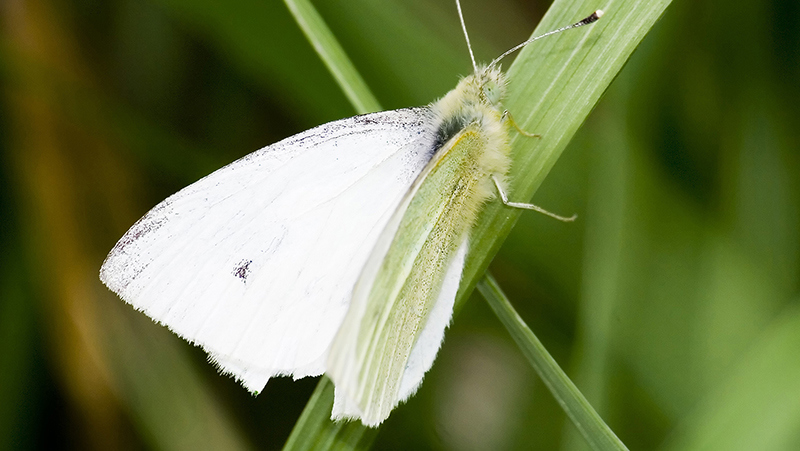Yates Account
Join now
Create a Yates account today!
Sign up to join the Yates Garden Club for monthly e-mails packed with seasonal inspiration, tips for success & exclusive promotions.
Plus if you’re a Garden Club member you can take part in the Yates Growing Community - a blog to share successes, get advice & win prizes in fun challenges along the way!

Forgot password
Enter the email address associated with your account, and we'll email you a new password.
Lepidoptera
Pieris rapae

What are Cabbage White Butterflies?
There are many types of caterpillar pests that attack vegetables, but the most notorious has to be the Cabbage White Butterfly (Pieris rapae).
Cabbage white butterfly has white wings, with distinctive dusty black spots and is around 40mm across. The adult butterflies lay their eggs on the underside of leaves. The larvae (caterpillars) hatch out and begin to chew on the leaves, so it’s the caterpillar stage that does the damage.
The blue-green velvety textured caterpillars are very small and hard to spot at first. Eventually they reach about 30mm in length; at that size they're capable of completely skeletonising the leaves of vegetables. They begin by chewing holes into the outer leaves, before burrowing into the inner heart of the plant and devouring the developing baby leaves.
It's best to pick off the smaller caterpillars by hand or spray them when they're still on the outside of the leaf, before they tunnel into the inner heart and ruin the vegetable. When caterpillars conceal themselves in the interior of a plant (think cabbage or cauliflower) it prevents contact insecticides from reaching them.
Installing insect netting as a physical barrier can be very effective.
Symptoms
Large holes in the outer leaves, with leaves becoming quite tattered. Bluey-green 'frass' on the inside of the leaf or in the heart of the cabbage is actually their droppings.
Plants impacted
- Cabbage
- Broccoli
- Brussels sprouts
- Cauliflower
- Radish
- Beetroot
- Turnips
- Mustard
- Nasturtiums
















Share
Share this article on social media